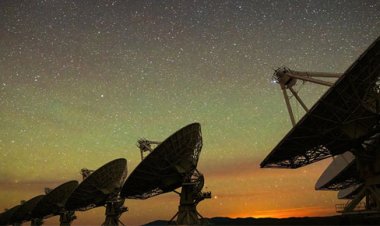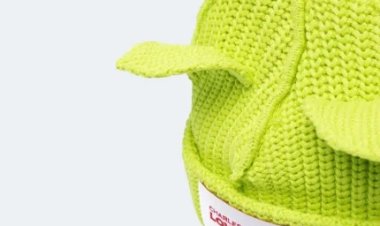Jupiter moon Europa's buried ocean may alter rotation of its icy shell
The vast, swirling ocean within Jupiter's moon Europa may be affecting the rotation of its icy crust, scientists say.

The vast, swirling ocean within Jupiter's moon Europa may be affecting the rotation of its icy crust, scientists say.
New supercomputer-driven modeling suggests that the waters of the internal, global ocean may be imparting forces on Europa's crust — possibly ones strong enough to affect the rotation speed of the moon's icy shell over time.
It is already known that Europa's exterior ice crust is probably free-floating, and also rotating at a different rate than the ocean and the moon's rocky core below. The new model is, however, the first to indicate that Europa's ocean currents play a part in the rotational speed of the moon's frozen outer layer.
"Before this, it was known through laboratory experiments and modeling that heating and cooling of Europa's ocean may drive currents. Now our results highlight a coupling between the ocean and the rotation of the icy shell that was never previously considered," Hamish Hay, a researcher at the University of Oxford in England and lead author of a new study published(opens in new tab) in the journal JGR: Planets, said in a statement(opens in new tab).
Most of the research and debate on the influences on Europa's crust have focused on the huge, external force of Jupiter's gravitational field. The new study considers how radioactive decay and tidal heating in Europa's interior and its overall rotation can drive currents, and impart turbulent drag on the inside of the icy shell.
"To me, it was completely unexpected that what happens in the ocean's circulation could be enough to affect the icy shell. That was a huge surprise," said study co-author Robert Pappalardo of NASA's Jet Propulsion Laboratory in Southern California.
The model further hints that Europa's ocean currents could be responsible for some of the geology visible on the moon's frozen surface, which is etched with lines and fissures.






















